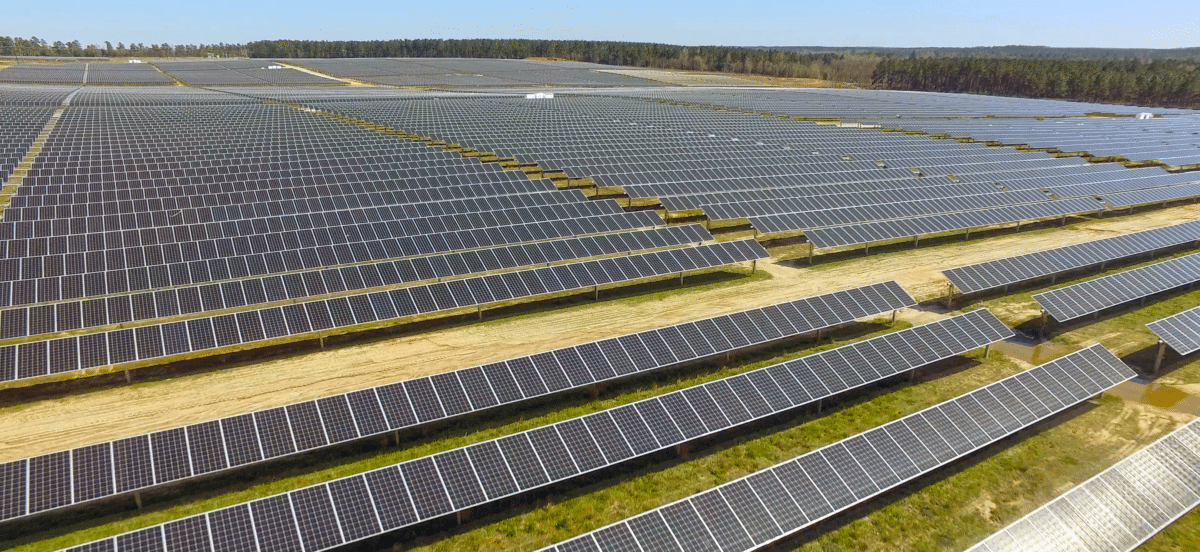Reducing both the uncertainty and the amount of error that are involved in understanding how a solar project is operating is key to everything from warranty claims to performance guarantees. Optimizing a solar array’s performance can add dollars to an owner’s bottom line.
Toronto-based Morgan Solar is introducing a new tool that is intended to provide a continuous stream of data on panel performance and also sync with other sensors. The IV-DAQ and Analytics Portal offers insights into what a solar array is doing and why, as well as analytics that provide insight into what it’s likely to do, said Hugo Navarro, vice president of finance and corporate services. Morgan Solar provided pv magazine with an exclusive pre-release look at the new technology.

The company described the portal as a “comprehensive monitoring and analysis solution” that allows monitoring, diagnostics, and forecasting on DC-side PV plant performance. The IV-DAQ is a cable-free, in-situ IV curve tracer that provides data for PV characterization and high-frequency IV collection, to be distinguished from a simple operating point.
The company said that the tool requires no need to shut down the inverter, combiner box, or string in order to take measurements. The tool also allows for real-time comparisons against the array’s implied warranty; in other words, insight into the warranty performance that would be expected for a module of the same age in that specific environmental condition, as per the manufacturer’s spec sheet.
The tool also helps to validate a panel system’s performance under a range of conditions. For example, thin film companies point to superior performance under low light conditions, which helped drive their adoption in regions of lower direct normal irradiance (DNI). Navarro said the IV-DAQ helps shed light (and numbers) on such claims, as well as on other real-world cases such as high heat and humidity, damp cold, and low light/high diffuse.
Navarro said that the tool is deployed in the field with a thermocouple sensor that attaches to the back of a module. Once attached, the tool provides a clear signal on panel degradation. “You get a true pulse on the health of the module,” he said.
For example, IV-DAQ can be paired with meteorological sensors to measure and quantify spatial effects, bifacial enhancements, shading impacts, and so on. In addition, loss drivers such as soiling, vegetation, and mismatch can be identified and, perhaps more important, quantified to help fine-tune operations and maintenance budgets.
Bankability
Navarro said that Morgan Solar is currently working with an unnamed independent power producer to create a detailed profile of a bifacial module on a single axis tracker in order to quantify individual performance drivers. The effort is intended to validate business case assumptions and make bankable the boost to overall production that is offered by the bifacial cells.
The ability to work off of actual field data rather than broad marketing claims can help increase debt ratios by 5 to 7 points, Navarro said.
Installing the IV-DAQ on a single panel provides real-time data across the entire string. “It’s not intended to be deployed one per panel,” Navarro said. “That would be overkill.”
Instead, Morgan Solar deploys the tool in a statistically significant scattering across the solar field. For example, a deployment might sample each type of string, in effect creating a digital twin to allow for performance modeling and forecasting.
The tool’s deployment across a field is intended to offer a more accurate understanding of how it is performing and to “nail down performance forecasting so that it becomes financeable,” Navarro said.
As a further refinement, Morgan Solar is exploring working with solar developers to characterize module performance to help in the process of procuring panels. Navarro said that data from IV-DAQ would provide a verifiable picture of how specific panels perform in real-world settings.
This content is protected by copyright and may not be reused. If you want to cooperate with us and would like to reuse some of our content, please contact: editors@pv-magazine.com.









By submitting this form you agree to pv magazine using your data for the purposes of publishing your comment.
Your personal data will only be disclosed or otherwise transmitted to third parties for the purposes of spam filtering or if this is necessary for technical maintenance of the website. Any other transfer to third parties will not take place unless this is justified on the basis of applicable data protection regulations or if pv magazine is legally obliged to do so.
You may revoke this consent at any time with effect for the future, in which case your personal data will be deleted immediately. Otherwise, your data will be deleted if pv magazine has processed your request or the purpose of data storage is fulfilled.
Further information on data privacy can be found in our Data Protection Policy.